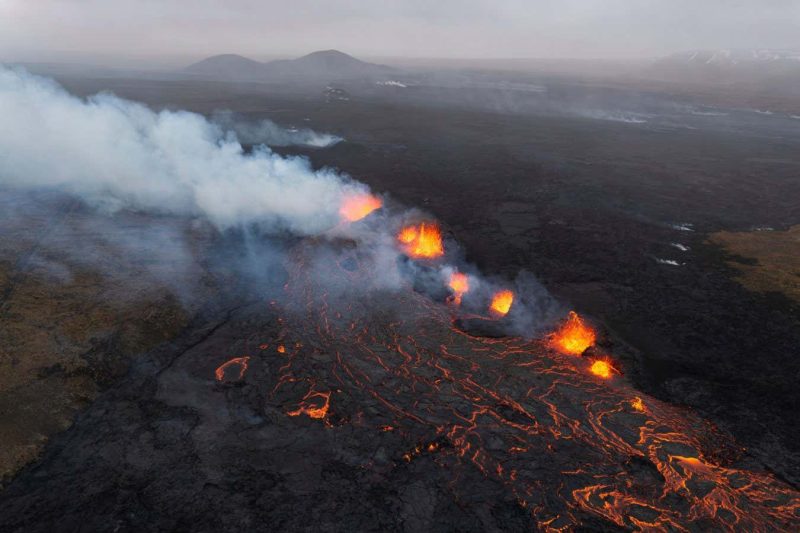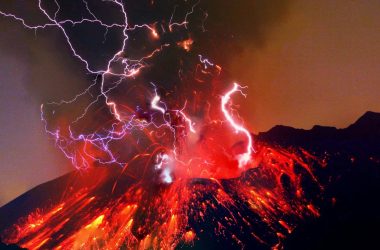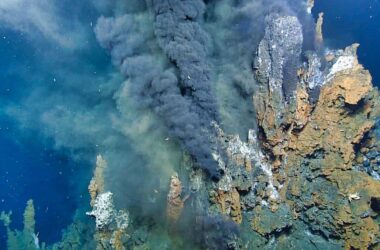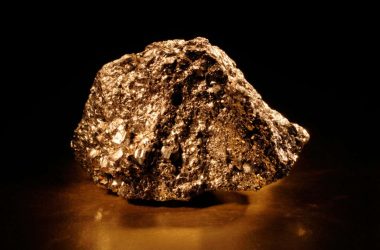Lava erupting from a fissure close to Grindavik, Iceland, on 20 March
Related Press / Alamy Inventory Photograph
The most recent eruptions on the Reykjanes peninsula in Iceland have emitted an enormous plume of sulphur dioxide (SO2) that’s presently drifting throughout Europe. Thankfully, it isn’t anticipated to have any important impact on climate or well being.
The SO2 plume moved throughout Eire and the UK in the direction of Scandinavia on 20 March, the EU’s Copernicus Atmosphere Monitoring Service mentioned at this time. It’s going to attain the Baltic states, Poland and Russia on Friday.
In Iceland, one individual working on the Blue Lagoon resort on the Reykjanes Peninsula was admitted to hospital on 20 March after being uncovered to excessive ranges of SO2 fuel. Nevertheless, the plume transferring over Europe is properly above floor degree and gained’t have an effect on the standard of the air under.
“The plume is at the next altitude,” says Mark Parrington on the Copernicus Ambiance Monitoring Service.
In November of final yr, a large crack 15 kilometres lengthy and a number of other kilometres deep fashioned below a part of the Reykjanes peninsula. Magma that had gathered deeper down then poured into it on the quickest fee ever recorded.
On 18 December, lava started erupting alongside a part of this crack. There have now been 4 eruptions alongside it, with the most recent and largest but beginning on 17 March.
“The plume of SO2 throughout Europe was created through the preliminary section [of the latest eruption],” says Freysteinn Sigmundsson on the College of Iceland in Reykjavík.
The movement fee has slowed for the reason that preliminary section, says Freysteinn, however the eruption continues as of the afternoon of 21 March. “This eruption is totally different,” he says. “It’s now longer than the earlier ones.”
Some volcanic eruptions emit sufficient SO2 to have an effect on the worldwide local weather, however the Iceland eruption isn’t on something like this scale. The plume shall be too short-lived to have an effect on the climate, says Parrington.
The Eyjafjallajökull eruptions in 2010 brought about main disruption to air site visitors over Europe for every week or so, however the Reykjanes eruptions are of a distinct type and aren’t anticipated to provide massive portions of ash.
Subjects:












